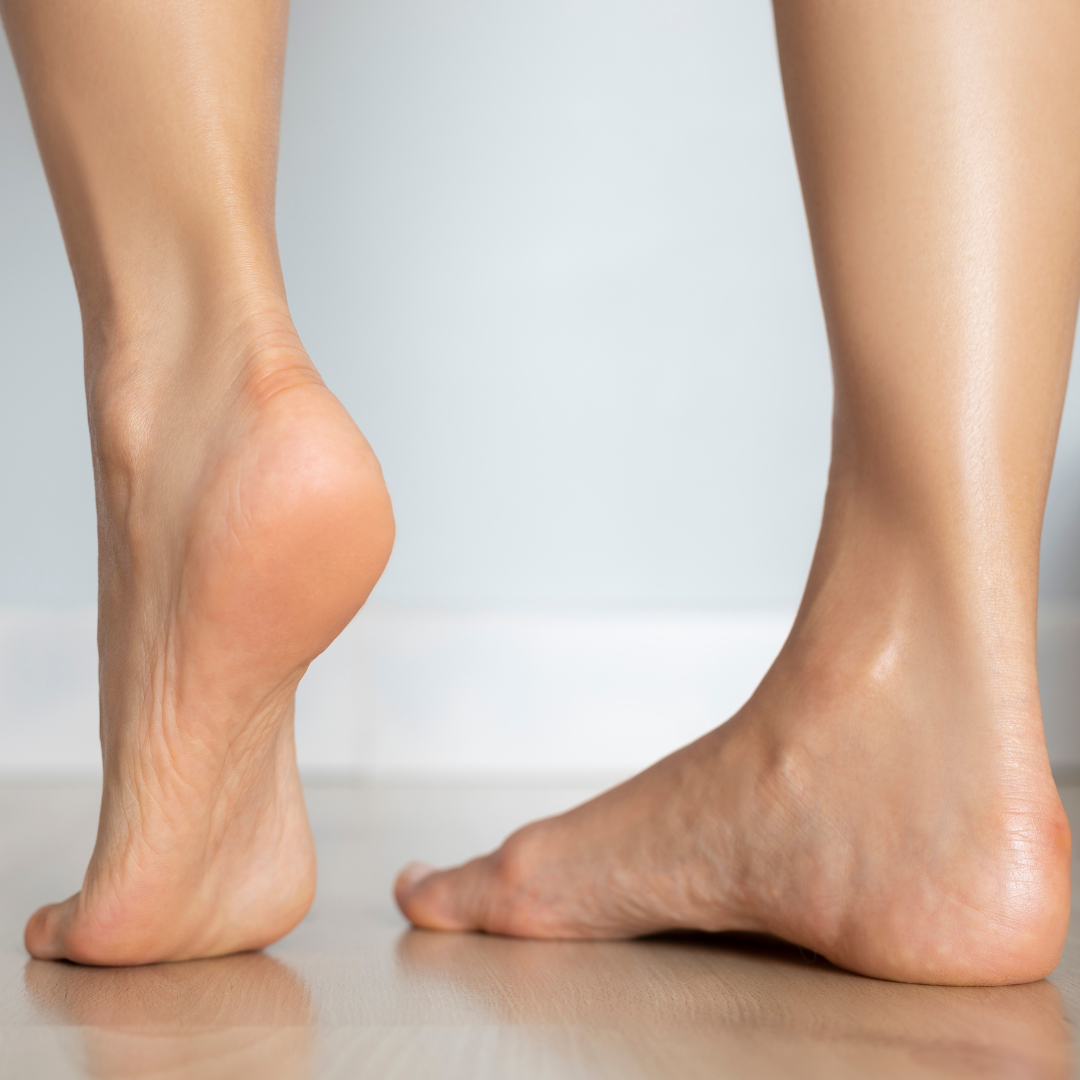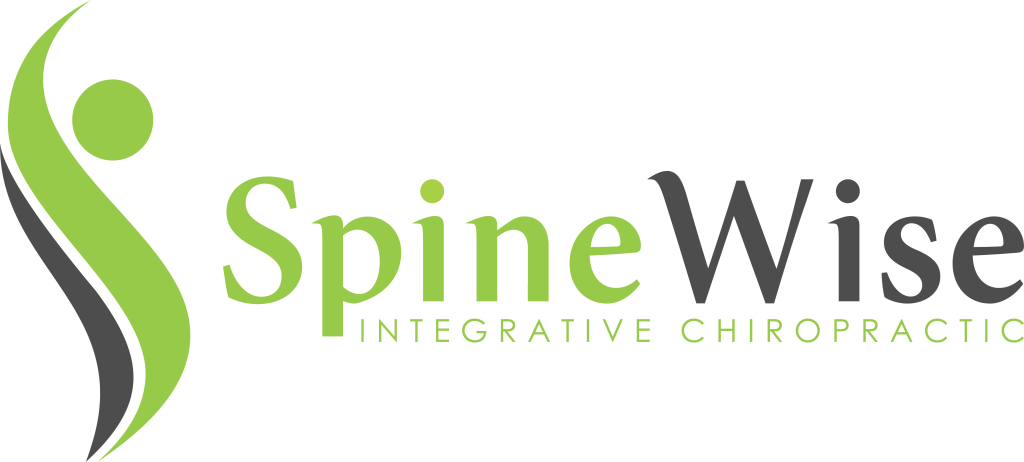Could Your Feet Be Causing Your TMJ Pain?

When you think about temporomandibular joint (TMJ) dysfunction, your feet are probably the last thing that comes to mind. But what if the way you walk, stand or load your feet is actually contributing to your jaw pain?
At our TMJ clinic, this connection between foot mechanics, posture and jaw function is one of the most common reasons we see people failing to improve with traditional treatments.
One of the most common culprits is pronation. This occurs when the arches of the feet collapse inward. Pronation doesn’t just affect the feet; it has a domino effect on the entire body. Through the body’s fascial planes (the continuous connective tissue that links muscles, bones, and joints), foot posture influences pelvic alignment, spinal balance and even the positioning of the head and jaw.
When the feet excessively pronate, the pelvis often rotates or tilts to compensate. This shifts the spine and alters head posture, typically leading to forward head carriage or neck imbalance. Since the jaw hangs from the skull, even small changes in cervical alignment can impact TMJ function. Over time, this can lead to muscle overuse, joint strain, and the familiar symptoms of TMJ dysfunction such as jaw clicking, headaches, facial pain, ear congestion and even dizziness..
At our TMJ clinic, we regularly see patients with jaw problems that began far from the face. If the foundation of the body—the feet—is unstable, the upper body will compensate. This is why addressing TMJ dysfunction often requires a whole-body approach, not just treatment focused on the jaw alone.
TMJ Pain and General Health
TMJ dysfunction isn’t just about jaw pain. It can profoundly affect overall health. The jaw is part of the body’s balance and stability system. Poor TMJ function can contribute to sleep problems, poor oxygenation, digestion issues (due to poor chewing) and even mood changes. Chronic TMJ pain is also linked to neck stiffness, headaches and vestibular issues such as vertigo.

A simple face measurement that may indicate a problem
One easy test to check for TMJ imbalance is to measure from the corner of your mouth to the outer corner of your eye. Ideally, this distance should be symmetrical from side to side. Research published in the Journal of Oral Rehabilitation has shown that asymmetry in this measurement can correlate with TMJ dysfunction and pronation. When one side is shorter or more compressed, it often reflects underlying fascial tension and joint misalignment, which may be related to postural imbalances starting from the feet.
What can you do?
If you’re experiencing TMJ pain, consider having your foot mechanics assessed. Custom orthotics, gait correction and fascial release therapies can improve posture from the ground up. At our TMJ clinic, we take an integrative approach—examining not just the jaw, but the entire postural system to find the true cause of dysfunction.
By looking beyond the jaw itself, you may find that relief from TMJ pain starts with your feet.
Take the Next Step Toward Relief
If you’re struggling with TMJ pain and suspect your posture or foot mechanics may be part of the problem, our TMJ clinic is here to help. We offer comprehensive assessments that go beyond the jaw, addressing the whole body to get to the root cause of your discomfort.
“Click Here” to book your consultation today and discover how a whole-body approach might relieve your TMJ symptoms, from the ground up.










